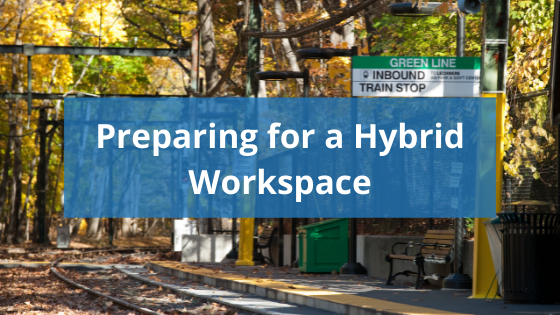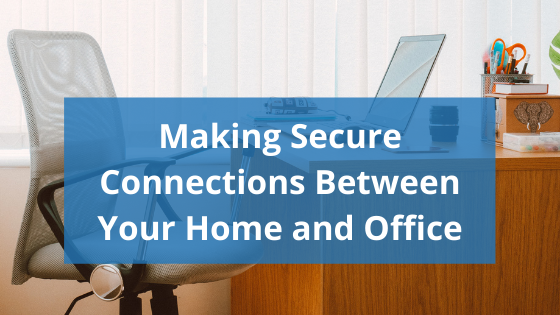Many organizations are making decisions about the future of their workplace now that most people are eligible for the COVID-19 vaccination. Some employers have already decided on a full return to in-person work, while others are allowing their staff to work remotely going forward and may even be getting rid of their office space. If you are considering a hybrid model, where staff alternates days in the office and remote, here are a few things to consider.
Rethink the layout of your office space
When your organization went remote it is likely that there was some level of assigned seating for teams in your office space. Since then your organization may have changed in size, or you may have reduced your office space. Instead of trying to make team-based or assigned seating work in a hybrid model, consider using a flex-desking model where employees can book specific desks on the days they will be in the office. This can allow team members who go to the office on the same days to sit and work together and also allows employees the freedom to work in the appropriate space for them each day.
Invest in good video conferencing tools
While we have all gotten very comfortable with video conferencing over the last year, many of us may not have considered what that will look like when some employees are in-office, and some are not. By investing in tools to turn your conference room into a video-conferencing-enabled room you can allow your entire team to meet at once regardless of location. This will allow in-office team members to sit together during important meetings and potentially draw on a whiteboard to brainstorm while a video of the room is used in your video call and any remote employees will appear on the screen.
Consider who benefits the most
Each team and each individual has different workspace needs, and some will benefit from more in-office time than others. Teams who work collaboratively on projects may want more in-person meetings or opportunities for informal brainstorming. Teams and individuals who do more independent or focused work may prefer and benefit more from the quiet of their home office which has fewer distractions. You may discover that not everyone benefits from a set number of days per week in the office but may only need to come in person a few times a month.
These are just a few things you need to consider when you prepare for a full or partial return to the office in the coming weeks and months. Before making any decisions, talk to your staff and find out what they think. In the future, the workplace will need to be flexible, and a hybrid workspace is a great way to consider the possibilities of that flexible work.





Leave a Reply